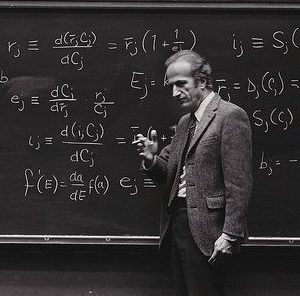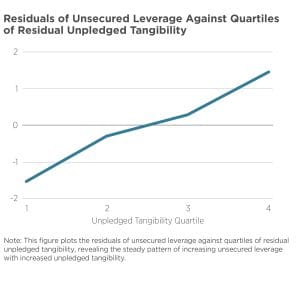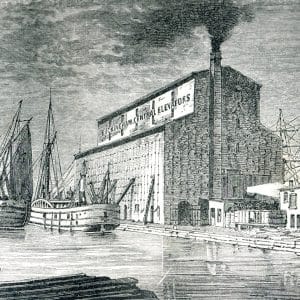While repression and propaganda have long served as primary tools for autocratic control, with the demise of totalitarian dictatorships in recent decades, propaganda has evolved into a tool for repressive leaders to maintain their reputations as strong and competent leaders. Repression, on the other hand, remains a critical instrument in a dictator’s arsenal. For example, Belarus’ Alexander Lukashenko had more than 30,000 people arrested following the protests of summer 2020, a more than ten-fold increase over the average number of political prisoners during the previous decade.

Until now, research on the theory of nondemocratic government has largely focused on a simple trade-off: A dictator decides how to optimally allocate resources between “repression” and “benefits” to maximize popularity. Subtle propaganda, for example, might substitute for brutal repression, persuading citizens in the leader’s competence. However, since the start of Russia’s invasion of Ukraine in February 2022, such subtlety has given way to a ruthless application of both tools of authoritarian control. The Putin regime has dramatically increased information manipulation, closing down all independent media outlets, harassing journalists, and jailing ordinary people for sharing information on social media. Simultaneously, repression is on the rise, with thousands of protestors arrested and opposition politicians receiving prison terms of 8-25 years.
The contribution of this work is to offer a model that addresses the question of how propaganda naturally complements repression, including both public and private persuasion and different types of repression. Please see the paper for a deeper explanation of the authors’ model and its application, but the model’s logic is as follows:
- For those who are marginally willing to protest, harsher repression raises their impression of the dictator’s competence and makes those citizens more amenable
to persuasion. - This complementarity occurs regardless of whether repression is ex post, punishing those who protest, or ex ante, targeting the most skeptical citizens.
- When citizens who are most skeptical about the regime are singled out and repressed, other citizens tend to favor the government more. It is important to note that not all skeptical citizens need to face repression for this effect to occur.
- If dictators do not repress enough, marginal citizens would remain “under-persuaded,” at least from the perspective of the dictator. With adequate repression, though, propaganda directed towards these citizens is more effective.
- Once the most disloyal elements of the society are removed, the rest can be manipulated more. Thus, the dictator does not face the choice of repression vs. propaganda, but rather looks for an optimal bundle of the two.
Bottom Line: With a higher level of repression, a dictatorial leader’s marginal supporter is more disposed towards support and, therefore, is more heavily manipulated. Repression, in other words, makes marginal citizens more amenable to propaganda. The authors conclude by citing George Orwell’s 1984, where citizens of Oceania are forced to use a special language, newspeak, designed to limit their ability to articulate anti-government concepts, and where they cannot switch off radio propaganda, and where they are forced to participate in ideological indoctrination meetings. However, as in the authors’ model, such efforts at propaganda management are not enough: In Oceania, repression in the form of physical torture, applied to some, induces citizens to believe what the government wants them to believe.












